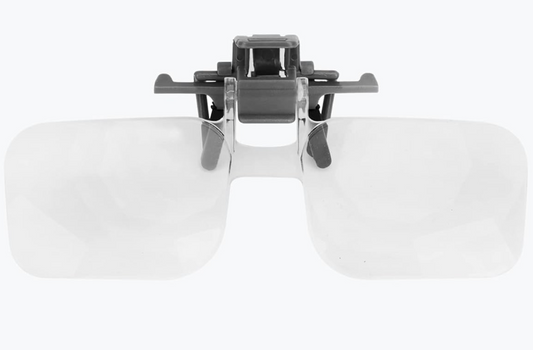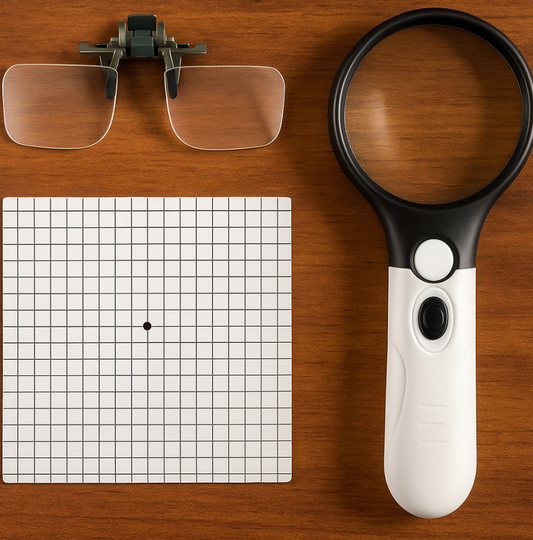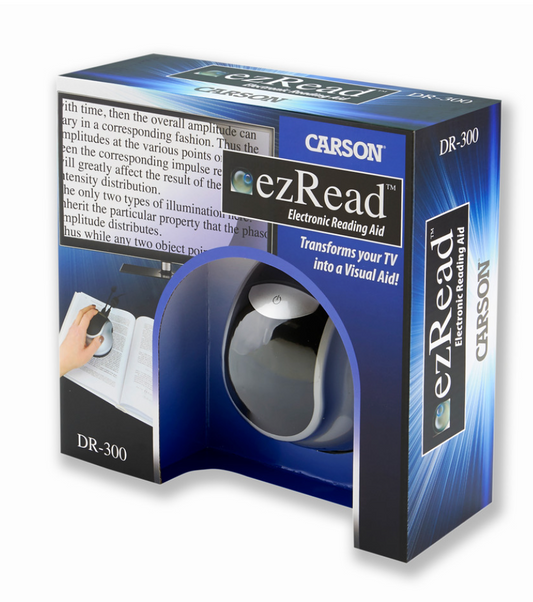What is the Difference Between Dry & Wet Macular Degeneration?
Share
Macular degeneration is a leading cause of vision loss, primarily affecting older adults. While the condition is broadly categorized into two types—wet and dry macular degeneration—these forms differ significantly in their causes, progression, and treatment. Early detection and monitoring are critical for managing both types, with advanced tools like Optical Coherence Tomography (OCT) and simple yet effective tools like the Amsler grid playing pivotal roles.
What is Macular Degeneration?
Macular degeneration affects the macula, the central portion of the retina responsible for sharp, detailed vision. This condition can significantly impair daily activities like reading, driving, and recognizing faces. The two main types of macular degeneration are:
- Dry Macular Degeneration (Atrophic): The more common and slower-progressing form, accounting for about 80-90% of cases.
- Wet Macular Degeneration (Neovascular): A less common but more severe form that can lead to rapid vision loss. This is the type that can be treated with injections
Dry Macular Degeneration
Causes and Progression
Dry macular degeneration occurs when the macula thins with age and accumulates waste deposits called drusen. Over time, this degeneration impairs the function of retinal cells, leading to gradual vision loss.
Symptoms
- Blurry central vision
- Difficulty seeing in low-light conditions
- Need for brighter light when reading
- Gradual loss of color perception
Treatment
Currently, there is no cure for dry macular degeneration, but treatments like dietary supplements (e.g., AREDS2 formula), eating a healthy diet and innovative therapies like MacuMira can slow its progression.
Wet Macular Degeneration
Causes and Progression
Wet macular degeneration occurs when abnormal blood vessels grow beneath the retina, leaking fluid or blood. This leakage damages the macula, leading to rapid and severe vision loss if untreated.
Symptoms
- Distorted vision (straight lines may appear wavy)
- Sudden or severe loss of central vision
- Dark or blank spots in the central field of view
Treatment
Treatments for wet macular degeneration focus on controlling the growth of abnormal blood vessels. Common options include anti-VEGF injections, laser therapy, and photodynamic therapy. Vitamins (Which Vitamins are Best for Eye Health) are also recommended to help slow progression as well as a healthy diet.
Tools for Detection and Monitoring
Optical Coherence Tomography (OCT)
OCT is a non-invasive imaging technology that provides high-resolution cross-sectional images of the retina. This tool is crucial for:
- Detecting Early Changes: OCT can identify early signs of drusen in dry macular degeneration or fluid accumulation in wet macular degeneration. Many times an OCT will pick up early macular degeneration before your eyecare professional can see it in the back of your eye.
- Monitoring Disease Progression: Regular OCT scans help track changes in the retina, allowing eye care professionals to adjust treatment plans as needed.
- Assessing Treatment Effectiveness: In cases of wet macular degeneration, OCT can monitor the response to anti-VEGF injections or other therapies.
Amsler Grid
The Amsler grid is a simple tool for detecting visual distortions or changes in central vision. Patients can use it at home to monitor their vision regularly. Here’s how it works:
- Hold the grid at eye level about 12-15 inches away in good lighting.
- Cover one eye and focus on the central dot.
- Check if any lines appear wavy, distorted, or missing.
- Repeat the process with the other eye.
Patients who notice changes while using the Amsler grid should contact their eye care provider immediately, as this could indicate disease progression.
Check out our Magnetic Amsler Grid for easy at home monitoring or our free Printable Amsler Grid
Key Differences Between Wet and Dry Macular Degeneration
| Feature | Dry Macular Degeneration | Wet Macular Degeneration |
|---|---|---|
| Prevalence | More common (80-90% of cases) | Less common |
| Progression | Slower | Rapid |
| Cause | Thinning of macula, drusen deposits | Abnormal blood vessel growth and leakage |
| Symptoms | Gradual vision loss, blurry central vision | Sudden vision loss, distorted central vision |
| Treatment | Supplements, lifestyle changes, emerging therapies | Anti-VEGF injections, laser therapy, photodynamic therapy |
Understanding the differences between wet and dry macular degeneration is vital for early detection and effective management.
Tools like OCT and the Amsler grid empower both patients and doctors to monitor the condition closely and respond to changes promptly.
If you notice any changes in your vision, consult an eye care professional for a comprehensive evaluation and personalized treatment plan. Early intervention can make all the difference in preserving your sight.



